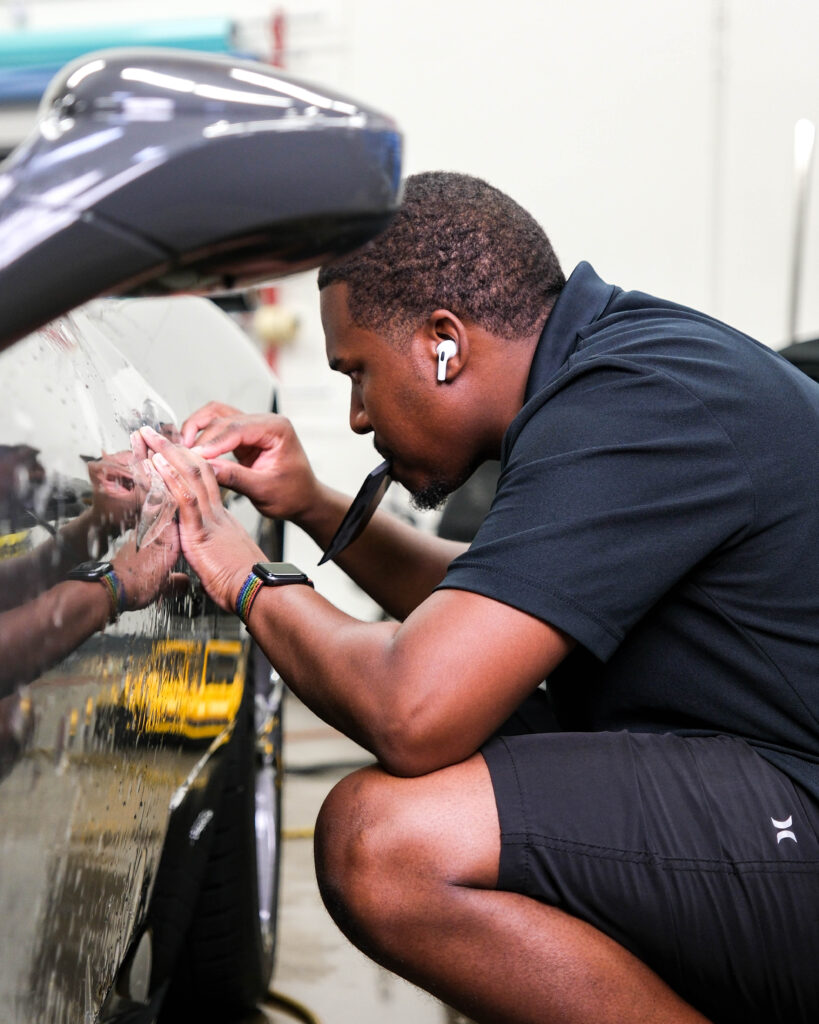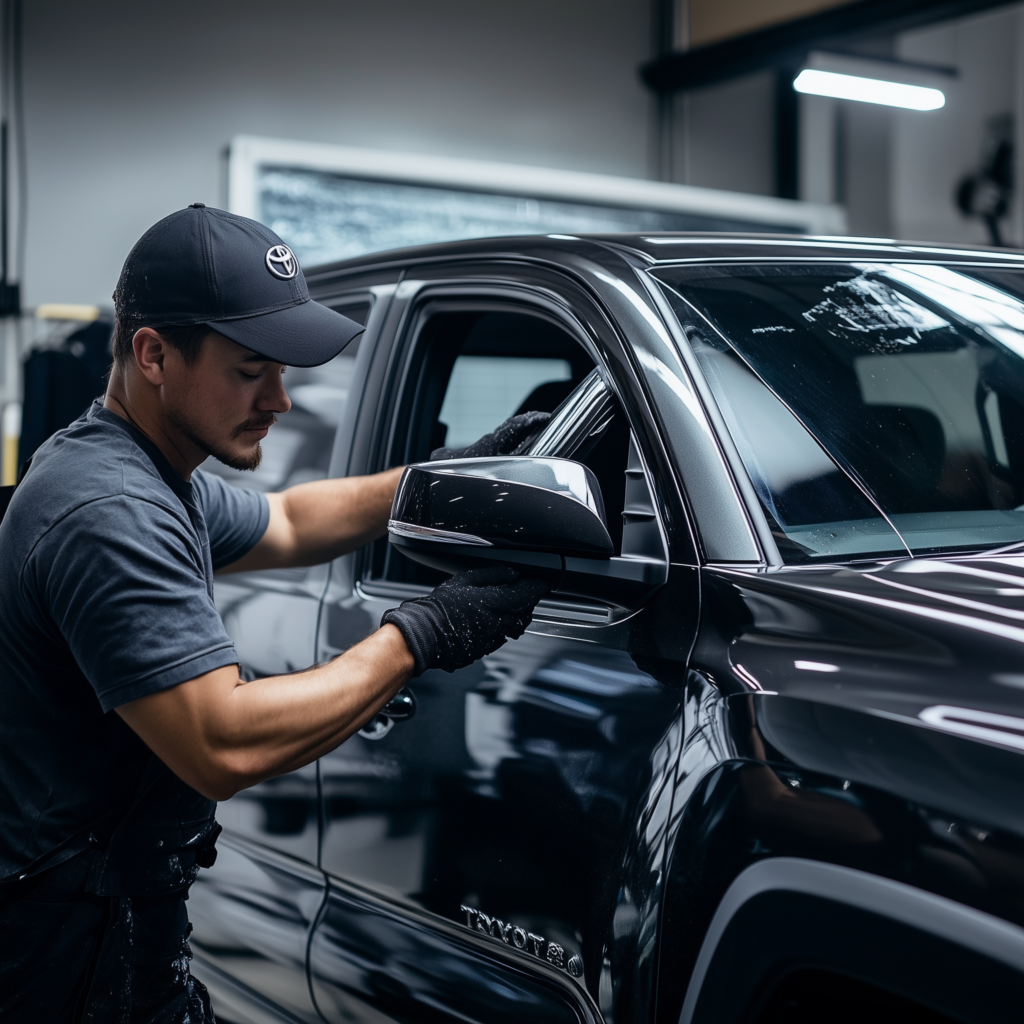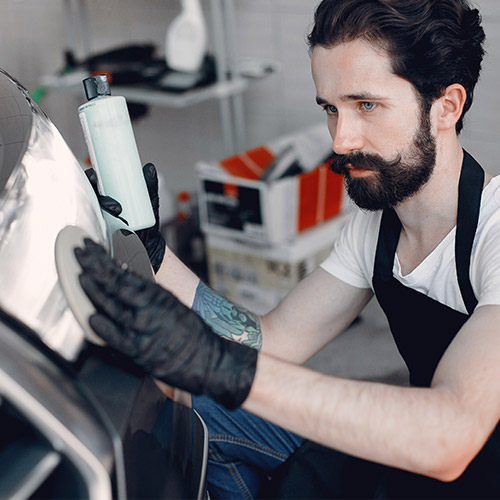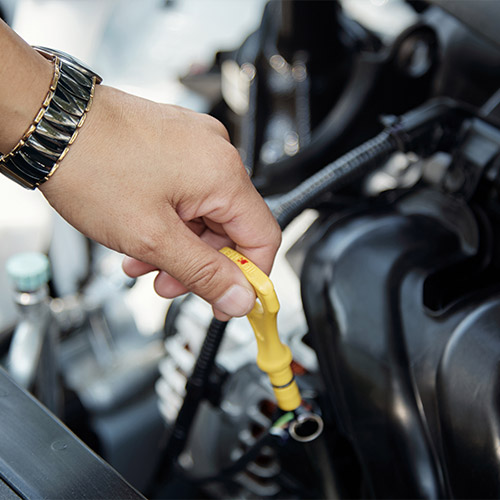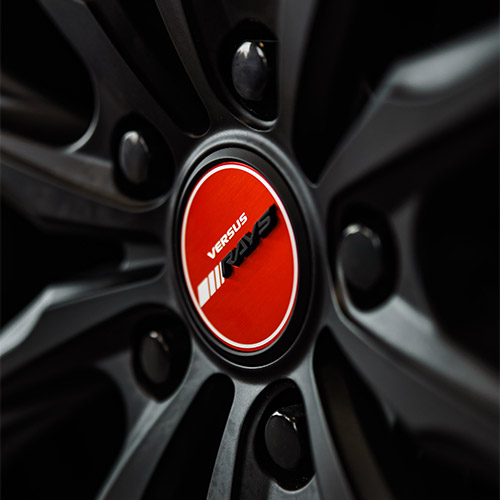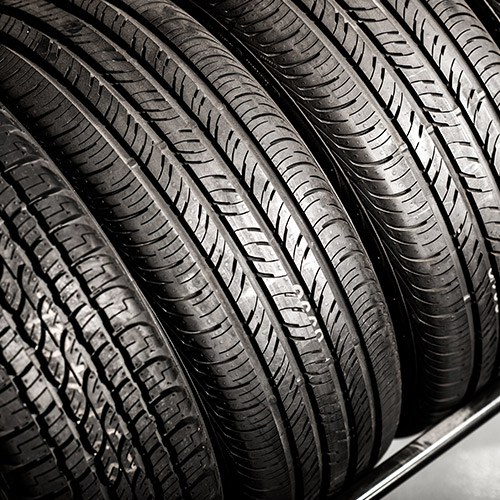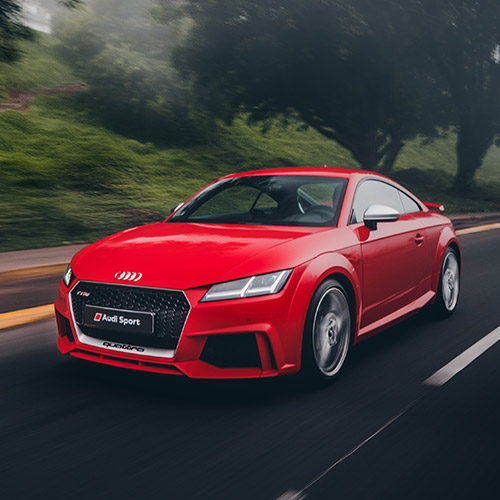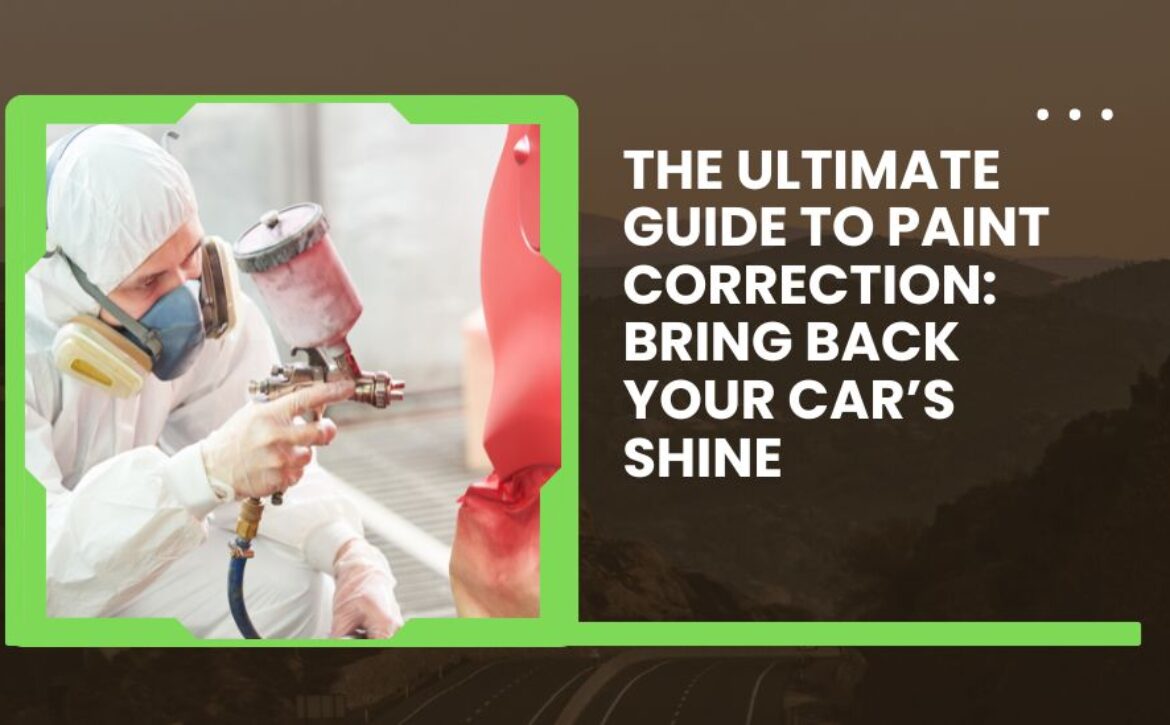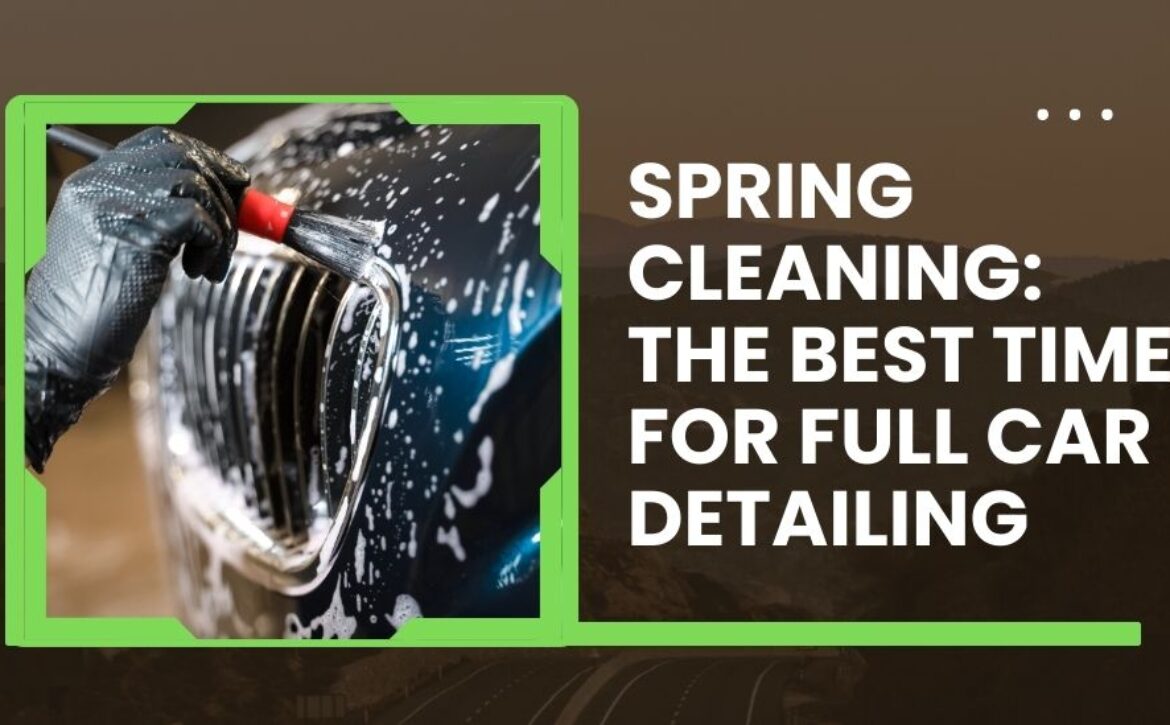How to Tell If Your Ceramic Coating Is Still Working
Ceramic coatings have revolutionized car care, offering a sleek finish, UV protection, and resistance to grime, water, and minor scratches. But how do you know if your ceramic coating is still working after months—or even years—of application? Just because your car looks clean doesn’t mean the coating is performing at its peak. Understanding the signs of a healthy coating and knowing when it starts to fail is crucial to maintaining that showroom shine.
In this article, we’ll explore simple methods to assess your coating’s condition, what indicators to look for, and how to extend the life of your investment.
What Does Ceramic Coating Do?
Before diving into tests and inspections, it helps to recap what ceramic coating is designed to do. Applied as a liquid polymer, ceramic coating chemically bonds to your car’s paint, forming a long-lasting protective layer. This layer provides:
- Hydrophobic properties, causing water to bead and roll off
- UV protection to prevent paint oxidation
- Chemical resistance from road salts, bird droppings, and acidic contaminants
- Enhanced gloss and shine
- Easier cleaning and reduced dirt adhesion
Most ceramic coatings last between 2–5 years, depending on the quality of the product, the application method, and ongoing maintenance.
Visual Inspection: The First Step
One of the easiest ways to begin a ceramic coating check is a simple visual inspection. Look at your car under natural light. Is the surface still glossy? Does it reflect light cleanly without appearing dull?
Here’s what a well-maintained coating should still display:
- Gloss and Shine: The vehicle paint should appear deep, glossy, and reflective.
- Lack of Contaminant Buildup: If dirt or road grime seems to stick to the surface instead of easily rinsing off, your coating may be failing.
- Even Appearance: The finish should be uniform. If certain panels look dull or discolored compared to others, those areas might have worn down.
While visual cues can provide a clue, they are not enough to confirm the coating’s effectiveness. That’s where testing comes in.
The Water Behavior Test
Perhaps the most popular and accessible way to assess a ceramic coating is through a hydrophobic test. This involves pouring water on the car’s surface to observe how it behaves.
How to Perform a Hydrophobic Test:
- Use a hose or pour a clean bucket of water on a few sections of your car.
- Observe how the water reacts on the surface.
- Look for tight, round beads of water forming and rolling off smoothly.
What It Means:
- Tight Beads and Fast Sheeting: Your coating is in excellent condition.
- Flat Water Pools: The hydrophobic properties are fading, meaning your coating may be wearing down.
- Uneven Behavior: This suggests the coating is breaking down in patches and may need spot reapplication or a full refresh.
This test provides a clear visual indicator of whether your coating is still doing its job effectively.
The Tactile Feel Test
Another useful test is to simply run your hand (or a microfiber towel) gently across a clean, dry surface of your car. When a ceramic coating is in good condition, the surface should feel extremely smooth and slick.
Key Signs of a Healthy Coating:
- Silky and frictionless texture
- No drag or resistance when wiping
If the surface starts feeling rough or sticky despite being clean, this may indicate contamination or the breakdown of the coating.
Mud and Dirt Repellency
A fully functioning ceramic coating will resist dirt, mud, and other road grime. If you find that dirt is sticking more easily or taking longer to clean off than usual, it might be a sign your coating’s self-cleaning properties are diminishing.
Observe how frequently you have to wash your car and how difficult it is to remove dirt. If you’re needing more effort and more soap than usual, the protective layer may be compromised.
Chemical Decontamination Reaction
Advanced users or professional detailers might use pH-neutral or slightly acidic cleaners to observe how the coating responds. On a healthy coating, contaminants like iron fallout or tree sap should not bond strongly to the surface.
Warning: Only use automotive-safe chemicals and test a small area first. Overuse of harsh products can strip the coating and make the problem worse.
Professional Inspection and Tools
If you’re still unsure, a visit to a professional auto detailer can help. They can use tools like:
- Paint thickness gauges
- Infrared thermometers (to detect heat retention from failed coatings)
- Coating-specific testers
Professionals can also detect any improper maintenance or errors in the application process and offer solutions such as coating rejuvenators or reapplication services.
Common Myths About Failing Ceramic Coatings
Let’s clear up a few misconceptions that might lead you to think your coating has failed when it hasn’t:
- Myth: Water spots mean the coating failed.
Truth: Water spots can form on any surface, even with a coating. They’re caused by mineral deposits, not coating failure. - Myth: Loss of gloss means no protection.
Truth: While gloss often diminishes with time, the protective properties might still be intact. - Myth: You should never have to wash a ceramic-coated car.
Truth: You still need to wash regularly—but it should be easier.
Understanding these myths helps you perform a realistic assessment of your coating’s performance.
How to Maintain the Coating for Longevity
If your coating is still functional but showing early signs of wear, you can prolong its lifespan with proper care:
- Use pH-neutral car shampoos specifically designed for ceramic-coated vehicles.
- Avoid automatic car washes with brushes or harsh chemicals.
- Apply ceramic boosters or toppers every few months.
- Dry your car properly to avoid water spots.
Regular inspections every 3–6 months can catch early signs of wear and help maintain optimal performance.
When to Reapply or Replace the Coating
Despite best practices, all ceramic coatings have a lifespan. If multiple sections fail the hydrophobic test, the surface loses its slick feel, and cleaning becomes difficult—it might be time to reapply.
Consider a full re-coating if:
- You’re not seeing any water beading or sheeting
- There’s excessive dirt retention
- The car’s gloss has significantly dulled
- Patches of paint appear exposed or uneven
Professional removal and reapplication ensure that your vehicle regains full protection and shine.
Final Thoughts
Knowing how to tell if your ceramic coating is still working is essential for car owners who want to preserve their investment and ensure long-term paint protection. From visual checks to the hydrophobic test and even a full ceramic coating check, these methods can help you determine when to maintain, boost, or replace your coating.
A little attention goes a long way. Regular inspection and maintenance will keep your car looking like new and protected from the elements year after year.





